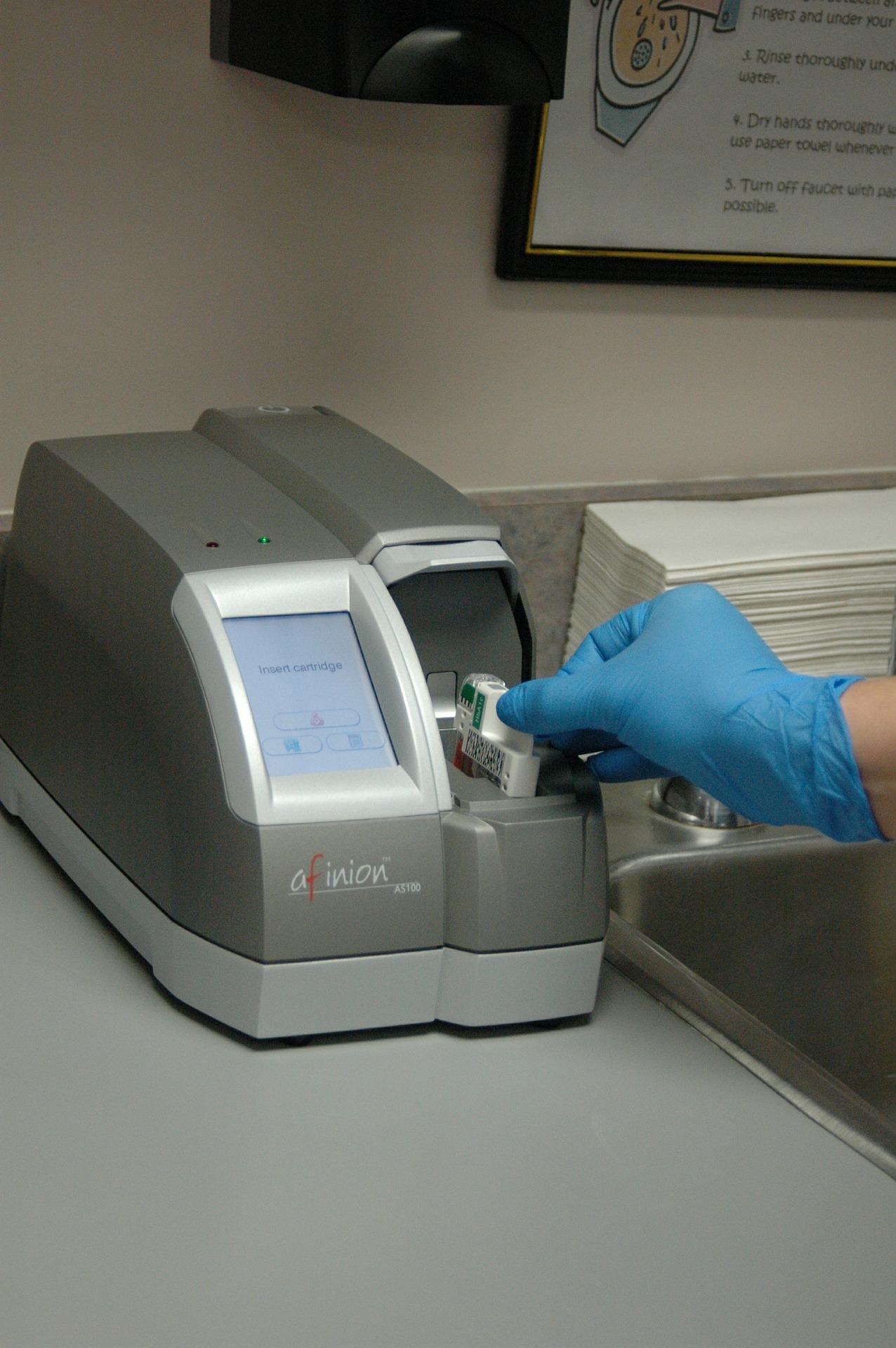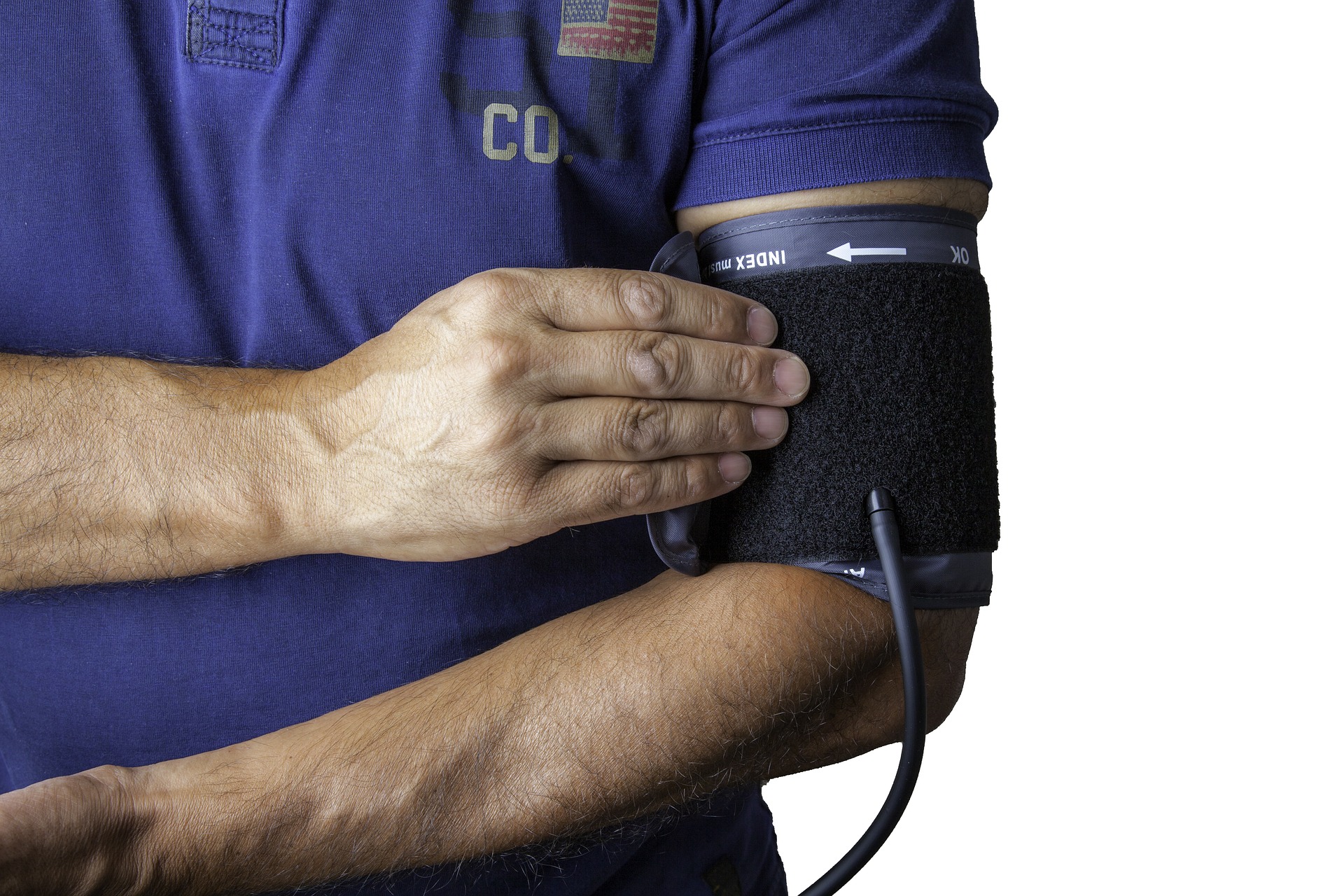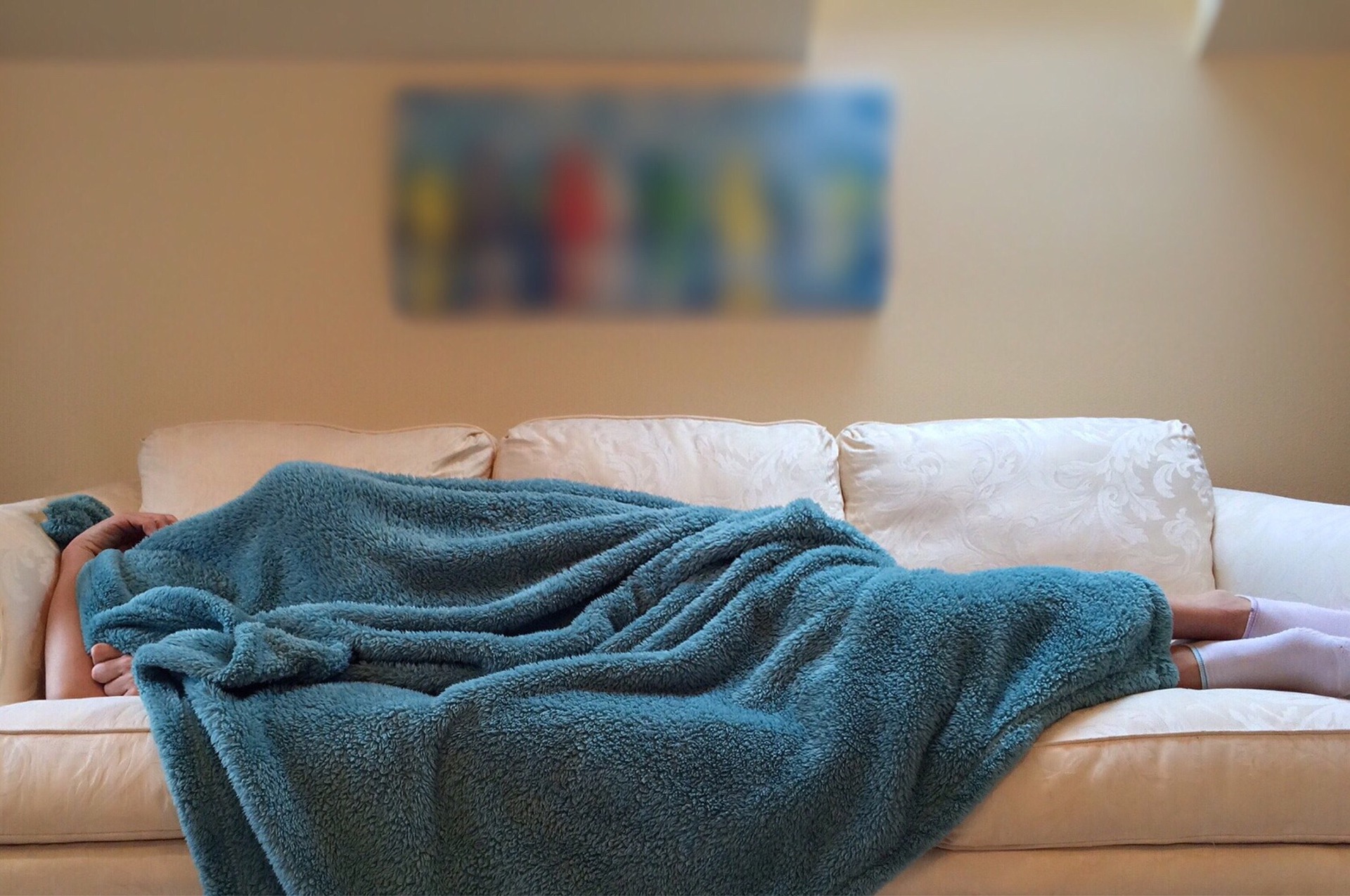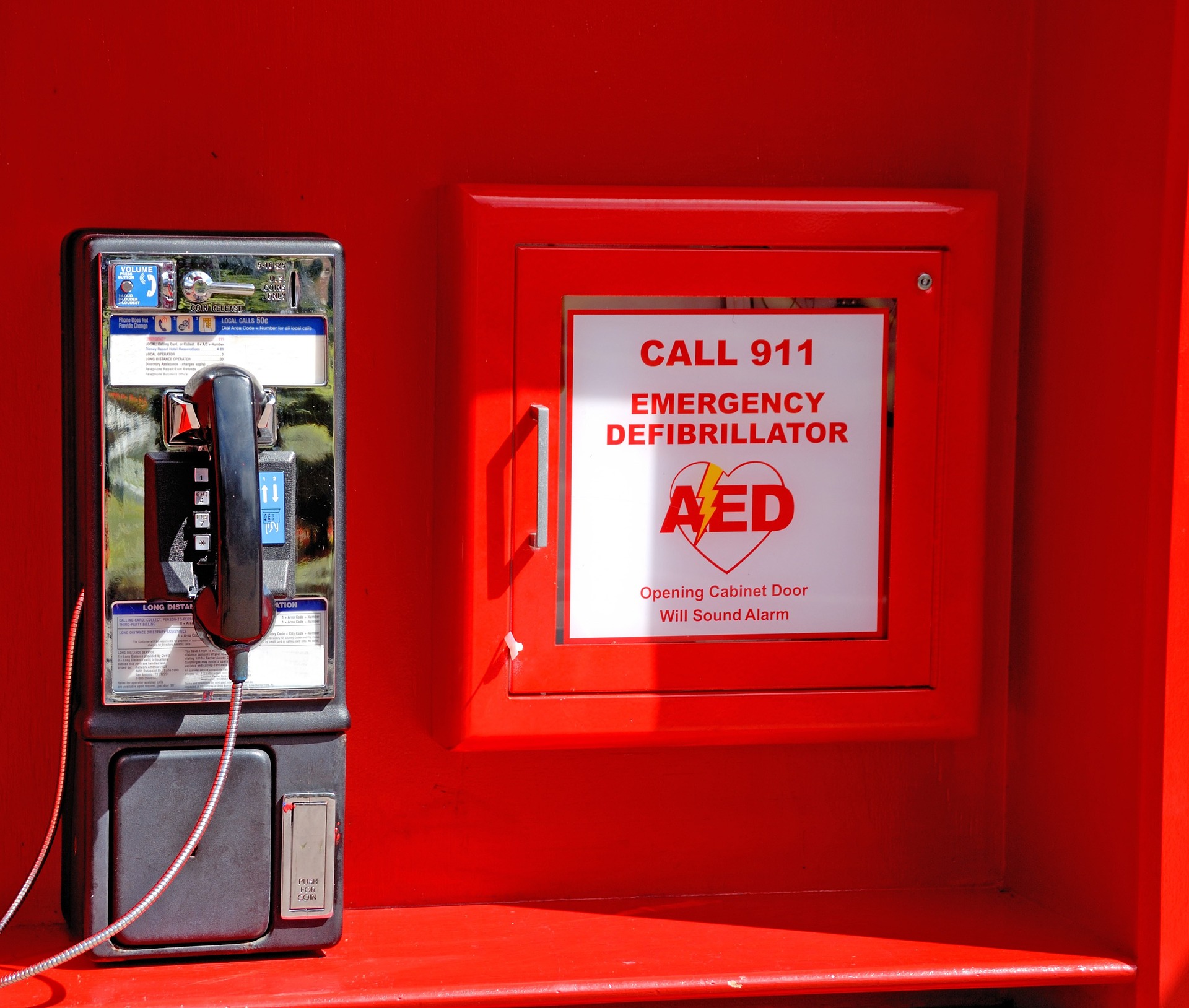
Go ahead and scratch your head, we know you want to. In fact, we’re scratching our head as we write. Nobody wants to talk about lice, but they exist as an unfortunate reality anywhere multiple children gather especially in schools and daycares.
What are Lice?
Formally known as Pediculus humanus capitis, head lice use their six claws to crawl along strands of hair. As a parasite, they feed on human blood by clinging to a person’s neck or scalp. They exist in three stages: eggs, nymph, and adult.
Eggs gestate for 8-9 days before hatching and adult lice may live 40-45 days unless they are removed from their food source (i.e. a human scalp). Once removed, a louse lives 24-48 hours.
How do you get these parasites?
Contrary to popular belief, these parasites do not jump from head to head. They may, however, fall onto the backpack of their human host, who hangs said backpack next to your child’s backpack. The louse crawls from one backpack to another and when your child straps on her bag at the end of the day, voila, a new host.
They also move from one host to another when children come in head-to-head contact, hang scarves, coats and other clothing in close spaces together, share earbuds or headphones or use the same combs and brushes.
Because lice cannot live more than 24-48 hours after falling from their host, it’s rare to become infested with lice from carpets or furniture.
More importantly, how do you get rid of lice?
Most pharmacies sell over-the-counter treatments. Because their eggs or nits hatch 8-9 days after the mother lays the eggs, a second treatment once those eggs hatch may be necessary. Treatment will not kill the eggs because they have not yet hatched, so it’s important to remove all nits during the treatment process.
A deep clean of your home isn’t necessary, but you should wash all bedding and clothing the child wore in hot water. Favorite stuffed animals can be run in the dryer for 30 minutes to kill any parasites that may have fallen onto them. Dry clean unwashable items or tie them in a plastic bag for 48 hours. This method serves to smother lice. You’ll also want to vacuum your floors.
Once lice are discovered on one child, every family member should be checked for quick detection and to prevent from further spreading.
Some lice do not respond to over-the-counter medications. In this case, contact your medical provider.
The good news is these parasites do not spread disease. The bad news is completely preventing them is next to impossible. The bugs can survive underwater for 6 hours, which means even frequently bathed children can still become victims of an infestation.











